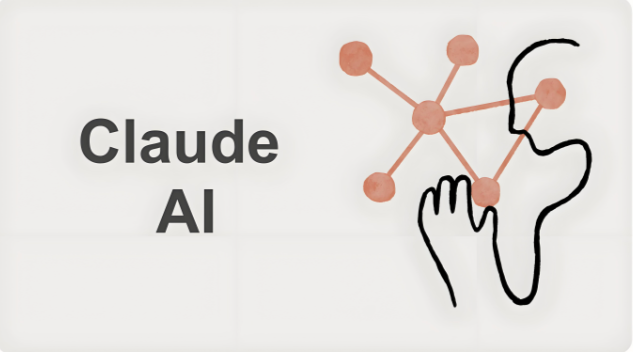What Is Lossless 4-Bit Diffusion Model Compression?
Lossless 4-bit diffusion model compression is all about shrinking large diffusion models down to just 4 bits for storage and computation, without sacrificing accuracy or performance. This is revolutionary for diffusion model technology, as traditional compression often trades off some quality, while lossless compression keeps the original information intact.
The university team used innovative quantisation algorithms and weight rearrangement to ensure every bit of data is efficiently utilised. The result? Dramatically smaller models with much faster inference, yet no drop in generation quality. For edge devices and mobile AI, this is a total game-changer. ????
Why Is 4-Bit Compression So Important?
You might wonder why 4-bit compression is getting so much buzz. Here are the key reasons:
Extreme storage savings: Compared to 32-bit or 16-bit models, 4-bit models are just 1/8 or 1/4 the size, slashing storage and bandwidth costs.
Faster inference: Smaller models mean quicker inference, especially on low-power devices.
Zero accuracy loss: Traditional compression drops some accuracy, but lossless 4-bit diffusion model compression keeps model outputs identical to the original.
Greener AI: Lower energy use and carbon emissions, pushing AI towards sustainable development.

Step-by-Step: How to Achieve Lossless 4-Bit Diffusion Model Compression
Want to try this out yourself? Here are 5 essential steps, each explained in detail:
Data Analysis and Model Evaluation
Start by fully analysing your existing diffusion model data: weight distribution, activation ranges, parameter redundancy, and more. Assess which parts of the model can be safely quantised and which need special handling. This foundational step ensures your later compression is both safe and effective.Designing the Quantisation Strategy
Develop a quantisation method suitable for 4-bit storage. Non-uniform quantisation is common: adaptive bucketing and dynamic range adjustment allow important parameters to get higher precision. The university team also introduced grouped weights and error feedback for minimal quantisation error.Weight Rearrangement and Encoding
Rearrange model weights, prioritising compression of redundant areas. Use efficient encoding methods (like Huffman coding or sparse matrix storage) to further shrink the model. This not only cuts storage needs but also lays the groundwork for faster inference.Lossless Calibration and Recovery
To guarantee the compressed model's output matches the original, the team developed a lossless calibration mechanism. By using backward error propagation and residual correction, every inference restores the original output. This is the key to true 'lossless' compression.Deployment and Testing
Once compressed, deploy the model to your target platform and run comprehensive tests: generation quality, inference speed, resource usage, and more. Only through rigorous real-world checks can you be sure your compression meets the highest standards.
Applications and Future Trends
Lossless 4-bit diffusion model compression is not just for image or text generation; it's ideal for smartphones, IoT, edge computing, and more. As AI models keep growing, compression becomes ever more vital. With ongoing algorithm improvements, lossless 4-bit—and maybe even lower—compression could soon be the standard, bringing AI to every corner of our lives.
Conclusion: The New Era of AI Model Compression
To sum up, lossless 4-bit diffusion model compression is a game changer for diffusion model usage. It makes AI models lighter, greener, and easier to deploy, opening up endless possibilities for innovation. If you're tracking the AI frontier, keep an eye on this technology—your next big AI breakthrough could be powered by this compression revolution!








